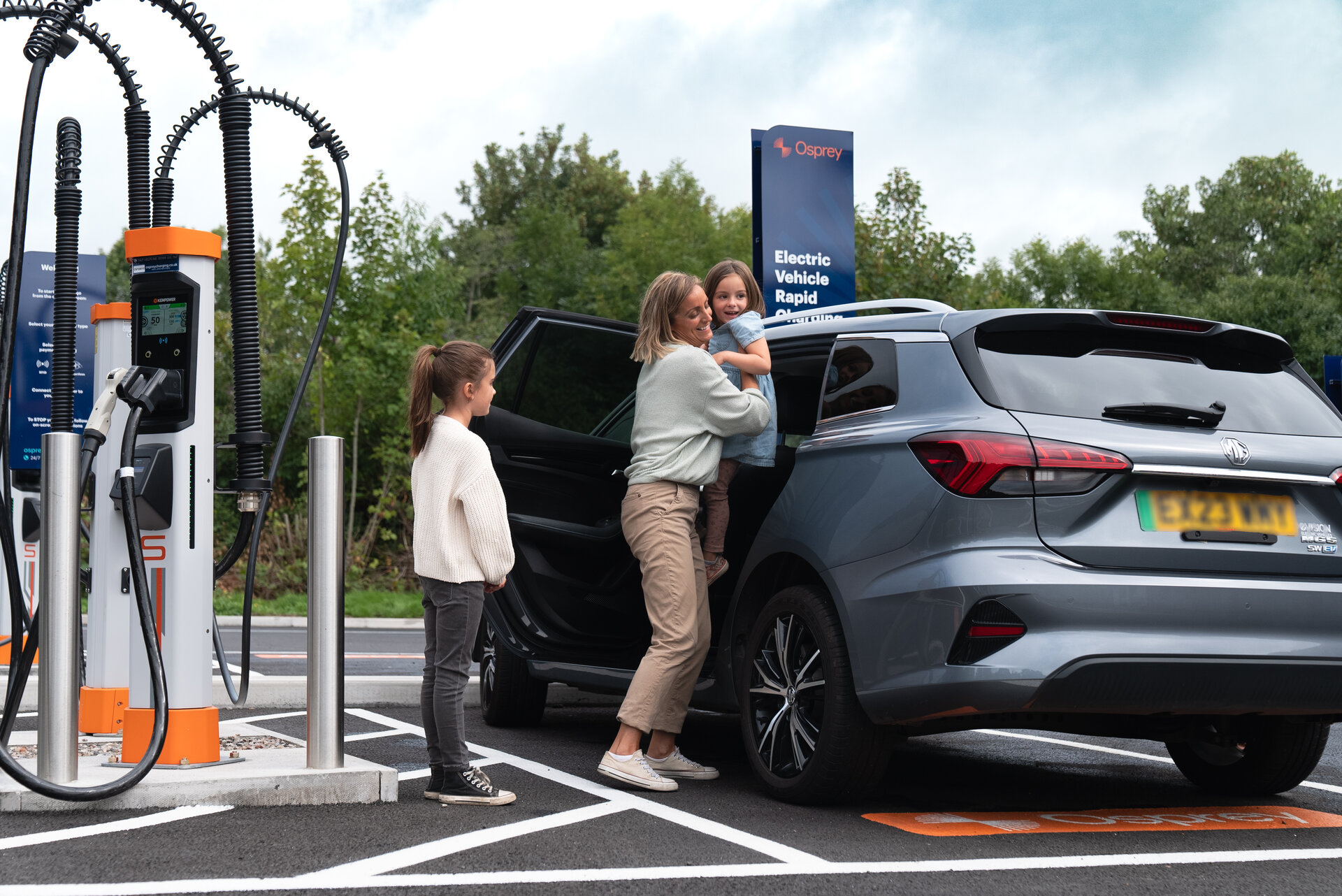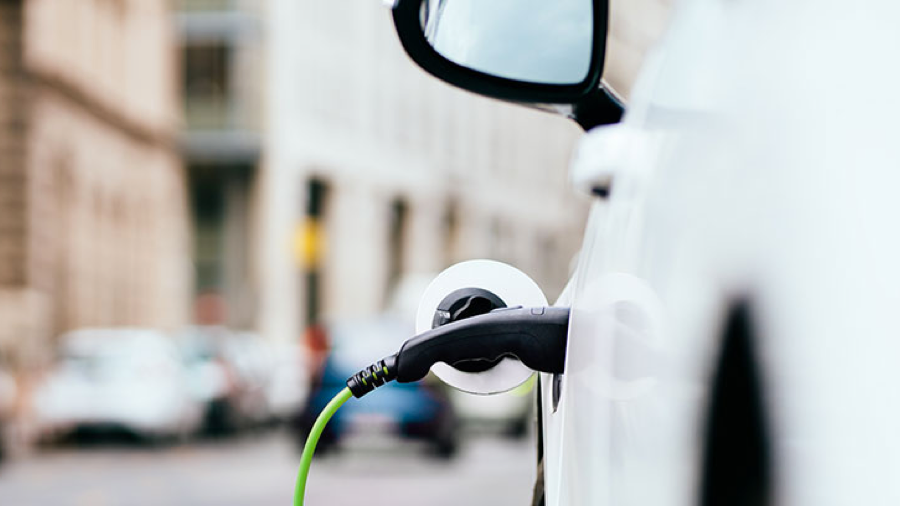There are lots of good reasons to make the switch to an electric car. Doing your bit for the environment is one, lower running costs is another and there’s also the fact that there are some generous tax breaks you can take advantage of.
One of those is called Benefit in Kind or BiK in short, and it’s something that you may not have heard of before if you’ve not been behind the wheel of an electric car yet.
BiK tax is something that applies if a company provides one of its workers with some form of taxable benefit. One of the most common examples is the use of a company car – in fact, BiK is sometimes referred to as Company Car Tax. Other examples of benefits that are taxed under BiK include things like living accommodation, private medical insurance or fuel for your vehicle.
There’s a great list of company benefits on the government’s website if you want to look at all of them from A-Z!
If you’re considering getting an EV through a Business Electric Car Lease or through an EV Salary Sacrifice scheme, it’s important to know your way around electric car BiK.

How do BiK rates work for an electric car?
Before we dive into some of the numbers, it’s important to understand how they’re calculated. There are three factors that come into play when working out Benefit in Kind tax with an EV :
- The tax bracket you’re in
- The value of the car
- The CO2 emissions from the car
Using a combination of these three, there’s a simple calculation that can help you work out in pounds what your BiK tax will be. Here’s the formula:
Your income tax bracket X P11D value of the car X the BiK rate = BiK tax owed
1. How your level of income effects Benefit in Kind with an EV
The level of income you receive determines how much income tax you need to pay in the UK. There are currently three tax brackets, which are:
- Basic Rate Taxpayer: If your annual income is within the basic rate band, you will pay 20% tax on the BiK value of the EV.
- Higher Rate Taxpayer: If your income falls into the higher rate band, you will pay 40% tax on the BiK value.
- Additional Rate Taxpayer: For those in the highest income band, the BiK tax rate will be 45%.
The tax rate bands do change so it’s important to make sure you stay up to date on the latest tax thresholds, but for the 2024/25 tax year, this is how they look in England and Wales:
- Personal Allowance: Up to £12,570 is tax free
- Basic Rate Taxpayer: taxable income between £12,571 up to £50,270
- Higher Rate Taxpayer: taxable income between £50,271 and £125,140
- Additional Rate Taxpayer: taxable income over £125,140
Tax brackets in Scotland work slightly differently, so please take a look here for more information on it.
2. How the value of an EV impacts Company Car Tax on electric cars
The second number we need for the Company Car Tax or BiK formula is the value of the car. This is sometimes called the P11D value of your car, which is the manufacturer’s list price, including any delivery charges and VAT at the time of registration. With most EV lease options, the vehicle is brand new and that’s how we operate at ElectriX with a range of EV brand-new models available.
The higher the list price of your EV, the more you’ll need to pay in BiK tax, but one of the big advantages with an electric vehicle is that they have a considerably lower BiK rate than petrol or diesel, which helps bring the overall cost down, by quite a lot too.
3. What are EV BiK rates and how do they work?
Company Car BiK rates for EVs are currently very low – just 2% – which was originally set by the government as part of a plan to encourage more people to drive an electric car. There are now more than one million EV drivers on UK roads and many of them will have taken advantage of this low BiK rate (as at August 2024)
The last government had plans to increase the BiK rate gradually, reaching 5% by 2028, but for 2024 it is still set at 2%.
Earlier we mentioned how BiK rates could be applied to a variety of company benefits, and that also includes vehicles that run on petrol and diesel. However, the BiK rate on these cars is much higher – often as much as 37%!
The higher rate reflects the fact that these cars are more polluting and there is a dedicated CO2 calculator on the HMRC website to help work out the tax bands for different cars based on their level of CO2 emissions.

Breaking down Electric Car Company Tax in numbers
To help you understand how electric car BiK rates are calculated, we’ve put together some scenarios using the standard formula below:
Your income tax bracket X P11D value of the car X the BIK rate = BiK tax owed
BiK Scenario 1:
- Income Tax bracket: 20%
- Value of car: £40,000
- BiK rate: 2%
20% x £40,000 x 2% = £160
Here’s another scenario with a higher listed vehicle price and for someone in a higher tax bracket:
BiK Scenario 2:
- Income Tax bracket: 40%
- Value of car: £60,000
- BiK rate: 2%
40% x £60,000 x 2% = £480
As you can see, the higher your income and the higher the price of your EV, the more you will pay in BiK tax. However, these figures are still small compared to the cost of Company Car Tax for someone driving a petrol or diesel car with the highest level of CO2 emissions, which currently attracts a BiK rate of 37%.
Here’s another scenario to bring that comparison of petrol and diesel cars to life, using the same example above of someone in the 20% income tax bracket:
BiK Scenario 3:
- Income Tax bracket: 20%
- Value of car: £40,000
- BiK rate: 37% (Based on a car with CO2 emissions of over 170g per km)
20% x £40,000 x 37% = £2,960
Comparing the electric car BiK cost (Scenario 1) to that of a petrol or diesel car (Scenario 3), that represents a saving of £2,800.
Here we can provide a comparison using the same example as above for someone in the 40% income tax bracket who chooses a car with a P11D value of £60,000:
BiK Scenario 4:
- Income Tax bracket: 40%
- Value of car: £60,000
- BiK rate: 37% (Based on a car with CO2 emissions of over 170g per km)
20% x £60,000 x 37% = £4,440
Comparing Scenario 2 (EV) and 4, that represents a saving of £3,960 when choosing an EV compared to a petrol or diesel car.
Compare both EV and ICE Scenarios to emphasise the cost saving for both tax brackets.
How to take advantage of electric Car Company Tax rates
If you’re looking to make the switch to an EV, ElectriX can help you make the most of the tax benefits that come from choosing an electric car instead of a petrol or diesel vehicle. BiK tax applies when you take up a Business Electric Car Lease, so if you’re a company owner or director then this could be the option for you. We also work with companies across the UK to help set up dedicated salary sacrifice schemes for their teams. It can be a great incentive to help retain staff and keep them engaged in the company, not to mention the lower costs and the sustainability benefits! A car obtained/procured through the Salary Sacrifice scheme is essentially a company car that’s leased by an employer, so remember, BiK is payable on the benefit.
Are you ready to go electric?
Want to know if an electric car is the right choice for you?
Join in with our simple online quiz to find out more.
Discover a wide range of electric cars today
Discover electric cars that are available through our partner CBVC today.
Discover cars available



